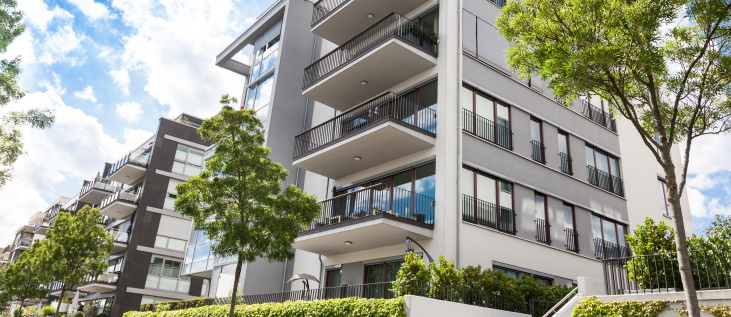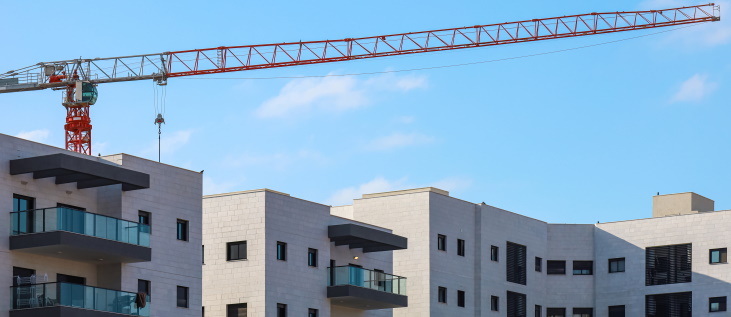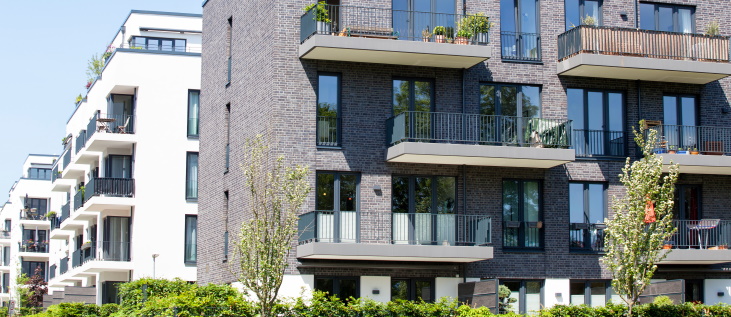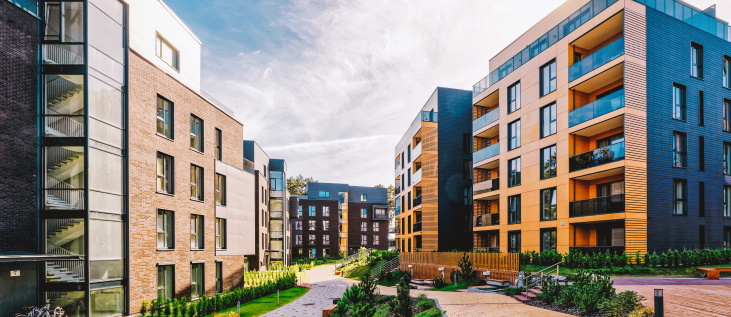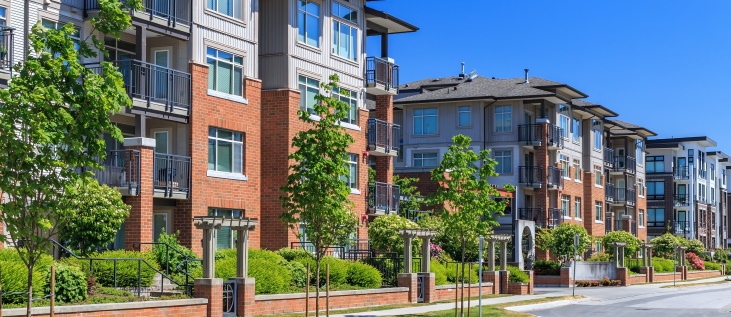Experienced real estate investors know that there is more to successful investing than simply purchasing a property, hoping the rents will generate positive cash flow each month, and then hoping to sell the property for a profit. There are many ways the owner of an investment property can find untapped revenue streams and create value through upgrades. These strategies are called value-add real estate investing.
This article will discuss the value-add approach to real estate investing specifically in multifamily residential property. We will first examine why an investor might want or need to opt for this strategy, and then offer some specific methods to add value to a real estate investment.
Why value-add real estate investing is a smart strategy for multifamily property
As a recent article in National Real Estate Investor Magazine explains, the market for multifamily properties in the US has remained tight for several years. “Most of the easy deals have already been done,” says one expert cited in the article, and any new attractive property to hit the market receives a lot of attention and interest from investors. “The challenge right now is the highly competitive environment,” explains another expert quoted in the story.
What this suggests, of course, is that an individual interested in multifamily real estate investing should not expect to be able to easily find an undervalued apartment building, buy the property at a discount, and immediately begin enjoying strong returns through rents and other revenue without putting in much work or capital to improve the property.
A multifamily investor in today’s competitive real estate environment will more likely have to identify a target property with untapped potential for revenues – either by adding more revenue-generating services to the property, or through upgrades and amenities that will allow the investor to increase rents over time.
In fact, the title of the 2018 National Real Estate Investor article cited above is, “Multifamily Investors Need to Get More Strategic About Value-Add Plays.”
In addition to increasing a property’s ongoing revenues, value-add investing can also directly raise the property’s sale price. Typically, an apartment building’s underlying value is based on its net operating income (NOI) – all of the property’s income less expenses (not including the mortgage or other debt). If you can raise the NOI on a multifamily building, you can directly boost the value of the property; adding just a few hundred dollars per month in revenue can translate to many thousands of additional dollars when you sell the property.
Clearly, value-add real estate investing strategies can be smart initiatives for your multifamily property, assuming you first do your due diligence and determine that the specific value adds you have in mind for your property will generate a strong enough ROI.
So let’s discuss a few common value-add strategies that have helped experienced multifamily investors increase the revenues and underlying value of their properties.
5 ways to add value to a multifamily real estate investment
1. Add amenities to boost rents
Let’s say you have an apartment building with some unused space – maybe a large, unfinished basement that’s just collecting dust or that you use as a storage area for supplies or maintenance materials. You can convert this area into a lounge, rec room, or even a gym. With more luxury-level amenities like these, you can then attract more affluent tenants and raise your rents.
2. Charge for parking
If your property already has onsite parking for tenants, you can slowly introduce a monthly fee for this service, set aside a few premium spots (such as those closest to the building) and charge only for those, or add more parking for guests and offer your tenants paid parking placards that they keep to use for visiting friends or relatives.
3. Create storage units and charge month fees for them
This will likely be one of the most popular amenities you offer – because everyone has too much stuff, and apartment tenants typically have less space than homeowners do. If your property has an underused closet or even outdoor common-area space, such as along the rear of the building, you can convert that space to small storage units and offer them to your tenants for a fee.
4. Install LED lighting
According to the US Environment Protection Agency (EPA), light-emitting diodes, or “LED” lights consume up to 80% less energy than the old-fashioned incandescent or compact fluorescent lights in most buildings today, and they can last 15 times longer as well. In other words, switching your multifamily property’s lighting to LEDs can help dramatically reduce your electricity bill and help you save on the materials and labor costs of regularly replacing burned-out bulbs through your property.
5. Reduce water usage
Water will likely be one of the largest single expenses on your multifamily property, and most apartment owners today are needlessly spending more on water consumption than they need to. Relatively simple and affordable steps, such as installing low-flow toilets and showerheads, can reduce tenants’ water usage by as much as 30%. Converting some of your property’s landscaping from water-hungry grass and bushes to rock, cacti, or even more drought-tolerant grasses can also save you significantly on your water bill.
Another smart value-add strategy: invest in a private fund for multifamily real estate
Although all of the strategies we’ve discussed in this article can help you add value to your real estate investment, they will all require work, resources, and expertise on your part – and they all assume you will be comfortable purchasing and managing a multifamily property directly.
But there is a far less demanding and time-intensive way to enjoy the benefits of value add real estate investing. Rather than trying to buy and operate an investment property yourself, you can simply invest in a private real estate fund that is built specifically on the value-add real estate investment strategy of identifying undervalued properties and harvesting their untapped potential for revenue and increased value. Learn more about The Worcester Fund: the leading fund for Kansas City multifamily real estate, managed by a team of experts that has delivered an annualized 30% ROI to investors over the past decade.
This does not constitute an offer to purchase securities, and that any purchase may be made only through delivery and receipt of a confidential private placement memorandum from the issuer, pursuant to which any potential investor must complete and provide an investor questionnaire, subscription agreement and other things required by the issuer, and are subject to the issuer’s verification of accredited investor status and issuer’s acceptance of the subscription
















